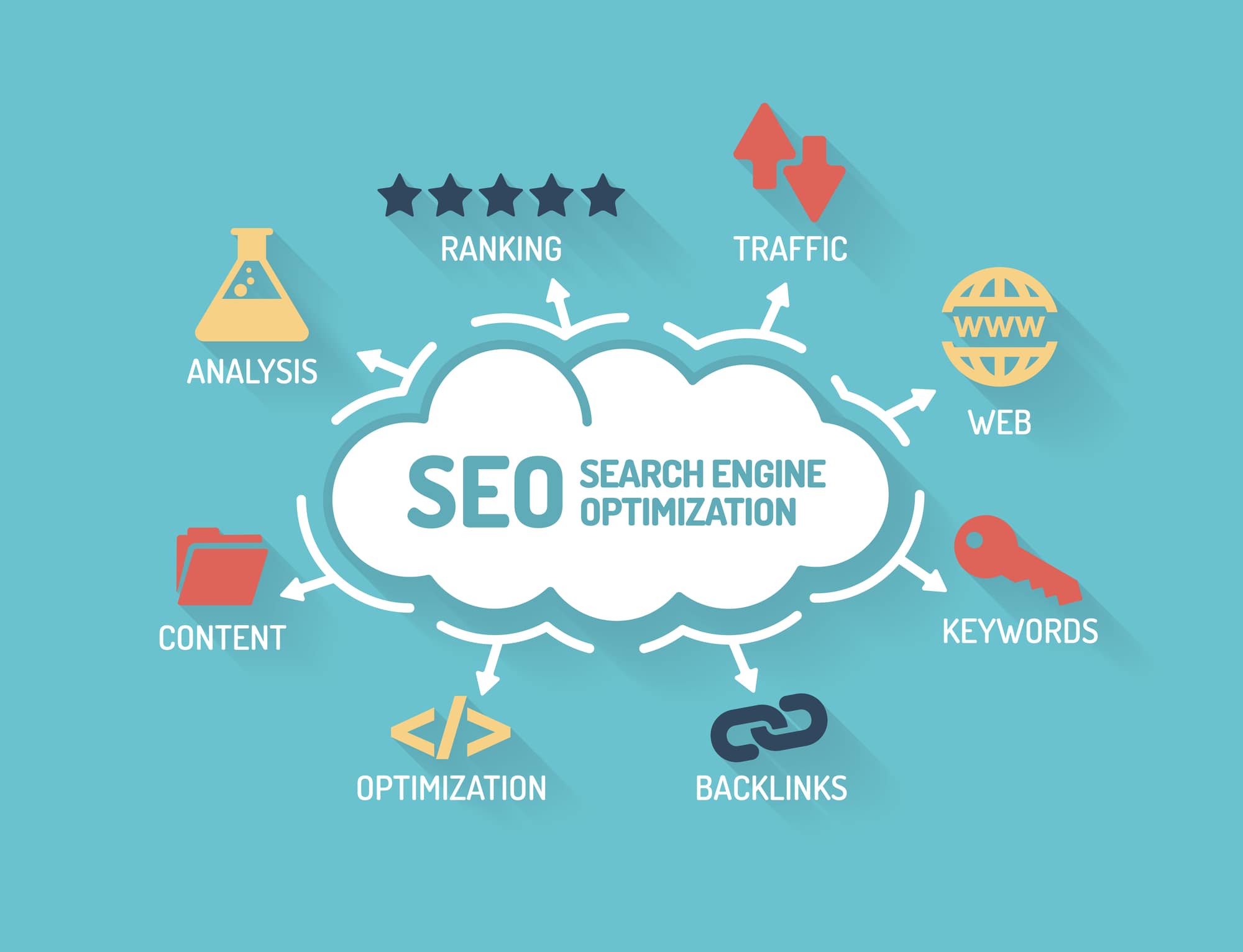Mastering On-Page Optimization: Essential Techniques for Boosting SEO

In the multifaceted world of search engine optimization, on-page optimization techniques hold the key to enhancing your website’s visibility and organic search rankings. In this blog, our SEO experts at Pink Dog Digital will discuss the art of mastering on-page SEO and explore the essential techniques that can boost your website’s performance. Let’s get started.
Understanding On-Page Optimization Techniques
Some people think that on-page SEO only requires sprinkling in a few keywords here and there. While keywords aren’t the only component for on-page SEO, it doesn’t mean they’re not important. In the current world of digital marketing, it takes a robust SEO strategy to achieve good enough on-page optimization results to grow your traffic.
On-page optimization is a strategic process of improving your web pages’ attributes to boost your search engine rankings and attract more relevant traffic. This involves optimizing several elements such as content, keyword placement, meta tags, images, site speed, user experience, and technical aspects. The primary goal is to make the webpage more accessible to users and search engines, ultimately enhancing visibility, user engagement, and the website’s overall performance.
On-Page Optimization Techniques for Boosting SEO
1. Keyword Research and Optimization
Before you can effectively optimize your website, it is crucial to identify the most relevant keywords for your content. Ideally, these should be terms and phrases that your prospective clients would typically use while looking for your products or services online.
Remember, the goal is not just to rank for any keyword but to rank for the right ones. High-quality keyword research tools such as SEMRush, Ahrefs, or Google Keyword Planner can be invaluable in this respect.
After identifying the most appropriate keywords, you should integrate them naturally into your page title, headings, content, and meta tags.
2. Create High-Quality and Original Content
Content is king in the world of SEO. Good quality, original content attracts visitors and encourages them to stay on your site longer and engage with your content. This improves your site’s time on page stats and potentially leads to higher rankings.
Moreover, content that offers genuine value is more likely to earn backlinks from other websites, which can significantly improve your site’s authority and visibility. Regular blog posting or news updates can help to keep your content fresh and relevant.
3. Optimize Your Meta Tags
Meta tags are essential elements that convey data about your webpage to search engines. These include the title tag that displays on the search engine results pages and the meta description, a short overview of your webpage content.
By including relevant keywords in these tags, you can boost your website’s visibility. It’s also vital to make sure each page on your website has a unique title tag and meta description to avoid duplicate content issues.
4. URL Structure
The structure of your URLs can significantly impact your SEO efforts. URLs that indicate the page’s content and include relevant keywords are more likely to rank well.
Remember to keep your URLs as short as possible, as long URLs may deter some users. Using hyphens to separate words in the URL can also make them easier for users and search engines to understand.
5. Internal Linking
Internal linking is a powerful yet often overlooked on-page SEO technique. By linking to other relevant pages on your site, you can guide visitors to more of your content, encourage them to spend more time on your site, and help search engines to index your pages.
When creating internal links, use descriptive anchor text that gives a clear indication of the linked page’s content. However, avoid over-optimizing your anchor text with too many keywords, as this can look spammy to search engines.
6. Optimizing Images
Images can significantly enhance the user experience on your site, but they can also slow down your page loading time if not optimized correctly. Using an appropriate file format, compressing images, and adding alt text that describes the image content can make your site more accessible and improve your SEO.
7. Mobile Optimization
With an increasing number of people browsing the web on mobile devices, having a mobile-friendly site is crucial. This means it should look good and function correctly on all devices, regardless of screen size.
Google has adopted a mobile-first indexing approach, meaning it predominantly uses the mobile version of the content for indexing and ranking. As a result, having a responsive, mobile-friendly website is more important than ever for SEO.
Pink Dog Digital Will Address Your On-Page Optimization Needs
On-page optimization techniques can be a game-changer, and Pink Dog Digital is just the partner you need to make it happen! Our team of SEO experts specializes in crafting and implementing effective on-page strategies to boost your visibility and attract more relevant traffic.
Get in touch with us by filling out our online contact form or sending us an email at pinkdogdigital@gmail.com to learn more.

